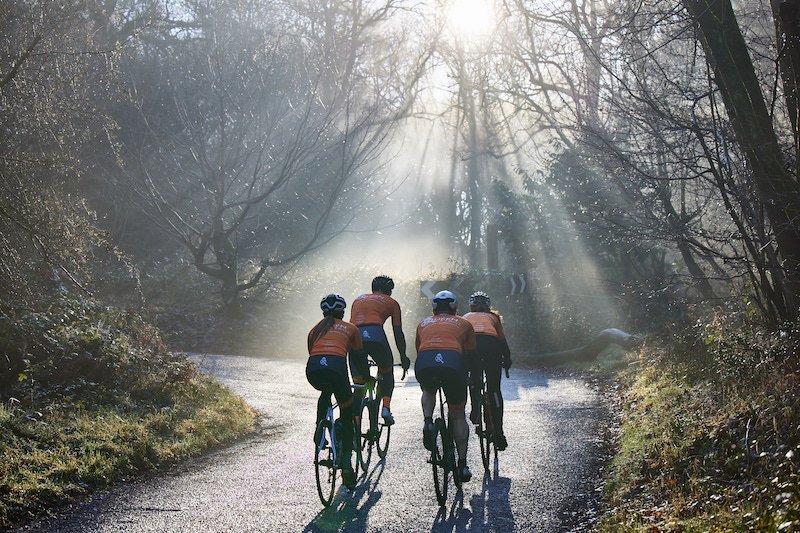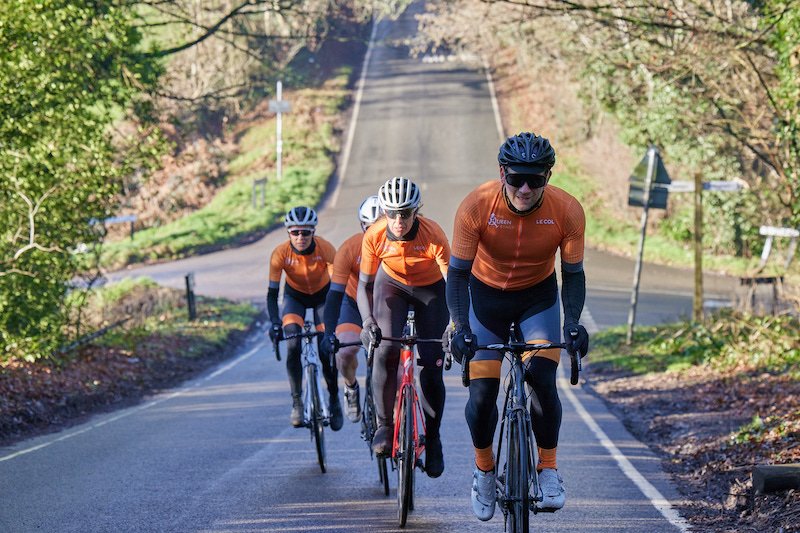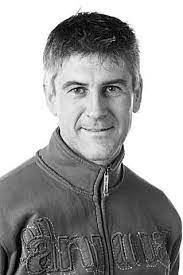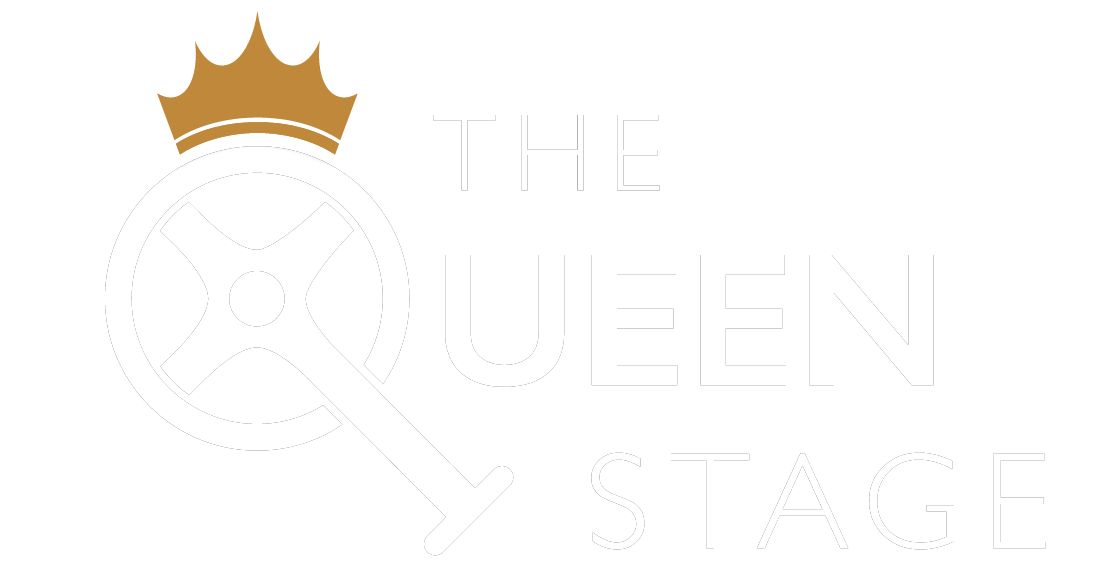Road cycling’s lexicon illustrates the development and formalization of the sport in France at the end of the 19th and into the early part of the 20th centuries. During that period when iconic races such as Paris-Roubaix and the Tour de France were established, terms such as peloton (denoting the bunch of riders), bidon (water bottle), domestique (a rider at the service of a team leader) and musette (the canvas bag handed up to riders containing food and water) became an indelible part of the sport’s vocabulary, used instinctively by riders and fans from all nations and quickly picked up by new adherents.
L’étape reine, or the queen stage, is another of this type, the phrase signifying the most critical day of a stage race, generally the one with the most climbing or the most testing mountains. It’s generally believed to derive from chess, where the queen is the most mobile and, therefore, the most powerful piece on the board and, as a consequence, tends to have the greatest impact on the outcome of the game. Of course, the queen stage doesn’t always deliver a clear-cut verdict, but any day of racing that includes, for instance, two passes over Mont Ventoux as the étape reine of the 2021 Tour de France did is sure to provide a captivating spectacle.
As the dashing Frenchman faded climbing through the thick woods on the Ventoux’s lower slopes, the superlative Belgian all-rounder went clear on his own in the lunar landscape high up on the ‘Giant of Provence’
Wout van Aert served up a racing masterclass that day after the irrepressible, all-guns-blazing Julian Alaphillipe had set the stage alight with multiple, though ultimately doomed, attacks. As the dashing Frenchman faded climbing through the thick woods on the Ventoux’s lower slopes, the superlative Belgian all-rounder went clear on his own in the lunar landscape high up on the ‘Giant of Provence’, then plummeted down the mountain’s steep western flank to take victory in the stunning village of Malaucène that lies in its shadow. His was a performance that underlined why these iconic stages are so magical, and why we’re so drawn to them as fans.
Just a few days earlier, Ashleigh Moolman Pasio had produced a similar demonstration on the queen stage of the 2021 Giro Donne, which finished atop Monte Matajur. The South African had established herself as one of the elite climbers in the peloton over the previous decade, one of the queens of the mountains, but had always missed out on success in the biggest stage race of the season. Finally, though, on her tenth Giro appearance, she clinched that elusive triumph with a majestic ride through the Julian Alps.


There’s no clear evidence of when the phrase l’étape reine was first used in bike racing, but it has become more prevalent in the post-war years. It’s interesting to note, though, that the word reine has a long and very significant relationship with the sport. In 1891, Pierre Giffard, who would become the editor of France’s first bike-focused newspaper Le Vélo a year later, published a pamphlet entitled La Reine Bicyclette that looked back on the history on the velocipede. The link between cycling and a queen came from the accession to the Dutch throne of Queen Wilhelmine in 1890. Just 10 years old when she became monarch, she was an avid cyclist whose passion for the bike captured the imagination of the French press, who described her as la petite reine à bicyclette, the little cycling queen. By the end of that decade, the bicycle itself was being described as la petite reine.
Two of my favourite ‘queen’ stages involve José Manuel Fuente, the maverick Spanish racer from the early 1970s who I rate as the best climber of all time. Capable of brilliance but almost as liable to produce a nightmarish performance that would instantly undermine his chances of winning the biggest titles, Fuente’s state of mind and form was said by his teammates to be affected by the movement of the moon. At the 1973 Tour of Switzerland, it was evidently working in his favour on the étape reine over the mighty Nufenen, Saint Gotthard, Furka and Grimsel passes. Fuente attacked from the peloton on the second of them, joining two Kas teammates in the break at the front. He attacked again on the Furkapass and rode on alone over the Grimselpass to finish more than five minutes clear of the next rider.
A month later, on the Tour de France’s queen stage to Les Orres, via the Madeleine, Télégraphe, Galibier and Izoard passes – the only occasion in the Tour’s history when the race has crossed the Galibier and Izoard via their more severe northern flank – he was involved in an epic duel with compatriot Luis Ocaña. The pair were regular rivals, and undoubtedly the two strongest climbers in the race. Their face-off on the Col de Télégraphe, the first step towards the legendary and lofty Galibier, Fuente attacking again and again, Ocaña, in the race leader’s yellow jersey responding on each occasion, 21 times according to one report.
The pair were reeled in by a handful of other riders on the descent from the Télégraphe to the resort of Valloire at the foot of the Galibier. Yet, as soon as the road started to rise again Fuente went back on the offensive, Ocaña once more the only rider capable of following him. Approaching the summit, his suggestion for a collaboration having been rebuffed by Fuente, Ocaña decided the time had come to show his compatriot how much he still had in reserve. ‘Follow me if you can,’ the yellow jersey declared.
Fuente did exactly that. He remained glued to Ocaña’s wheel until, with 30km remaining to the finish, he punctured and the race leader continued on alone. There was a minute between them at the line, with the next rider seven minutes back, while most of the other general classification favourites rolled in more than 20 minutes after the winner. According to five-time Tour champion Jacques Anquetil, the Ocaña-Fuente duel was, ‘One of the greatest exploits in cycling history.’
Our venue, The Queen Stage, has been inspired by feats such as these. As such, it’s a celebration of the fearless and the intrepid, the instigators and agitators, those inspirational racers who, no matter whether they taste victory defeat, always give everything and never hold back.
Peter Cossins is the author of the prize-winning books Full Gas (2019) and The Yellow Jersey (2020). His 2022 book, Climbers: pain, panache and polka dots in cycling’s greatest arenas, examines the history, style and feats of racing’s mountain goats, and why we hold them in such thrall.



